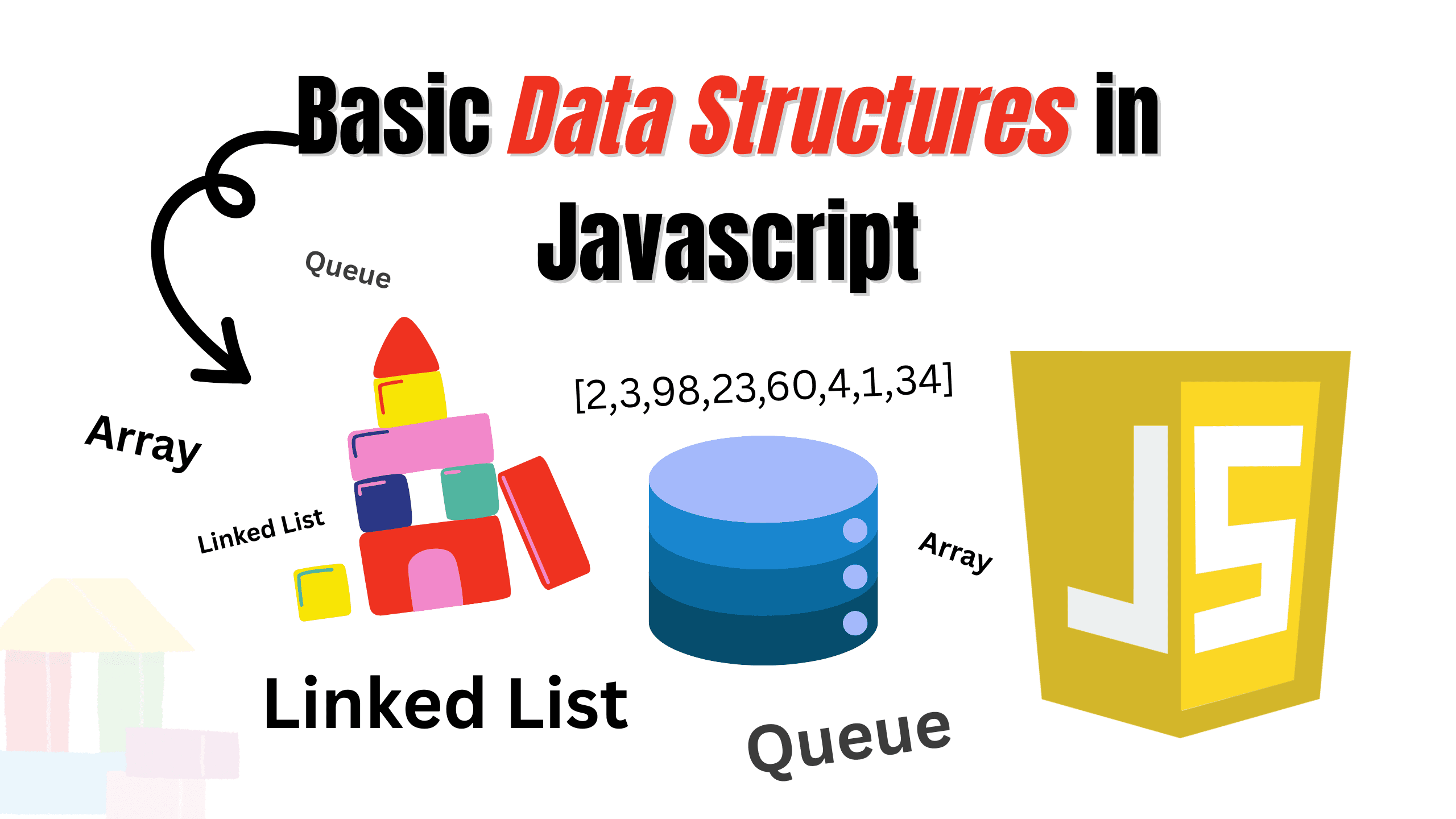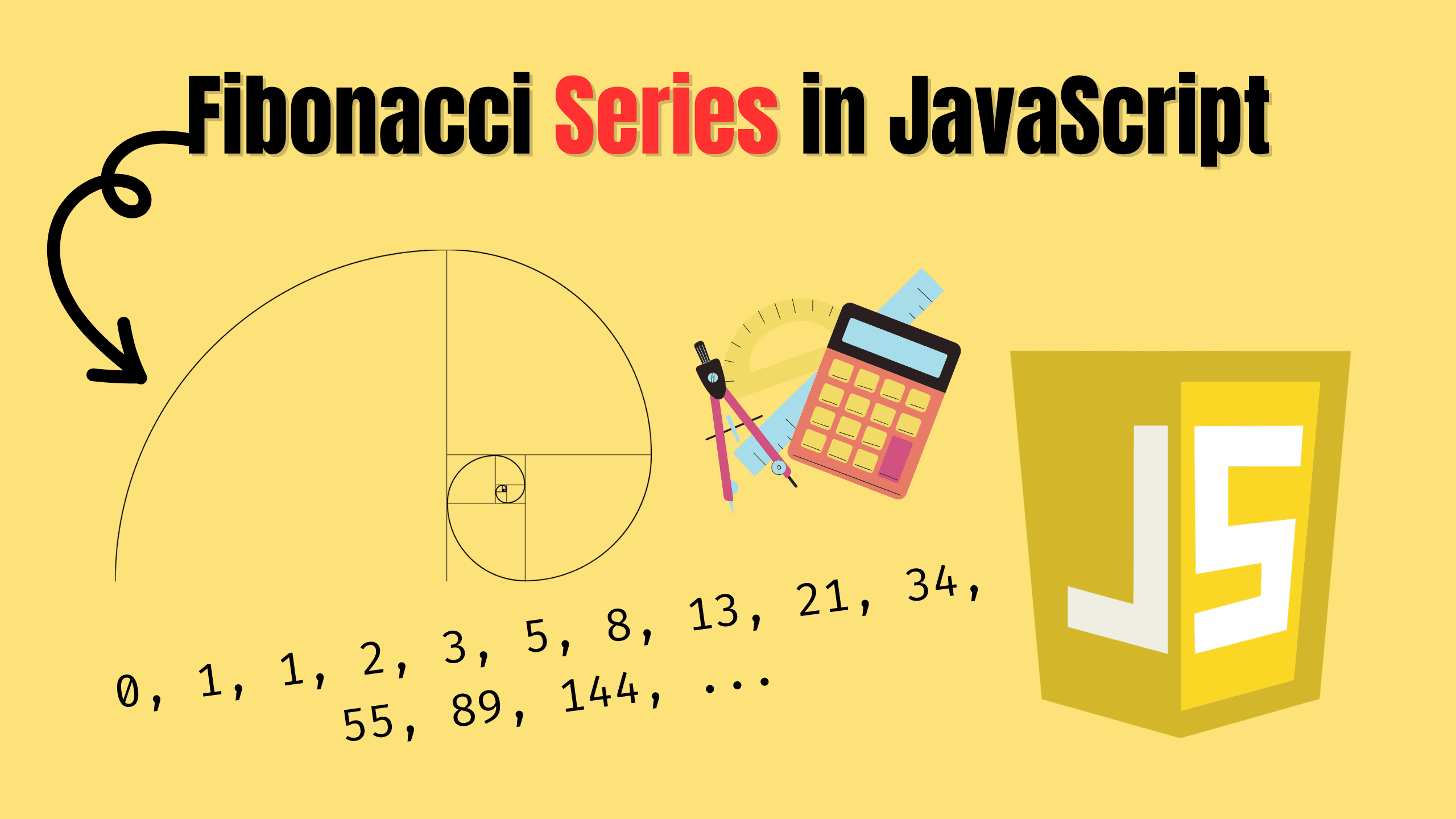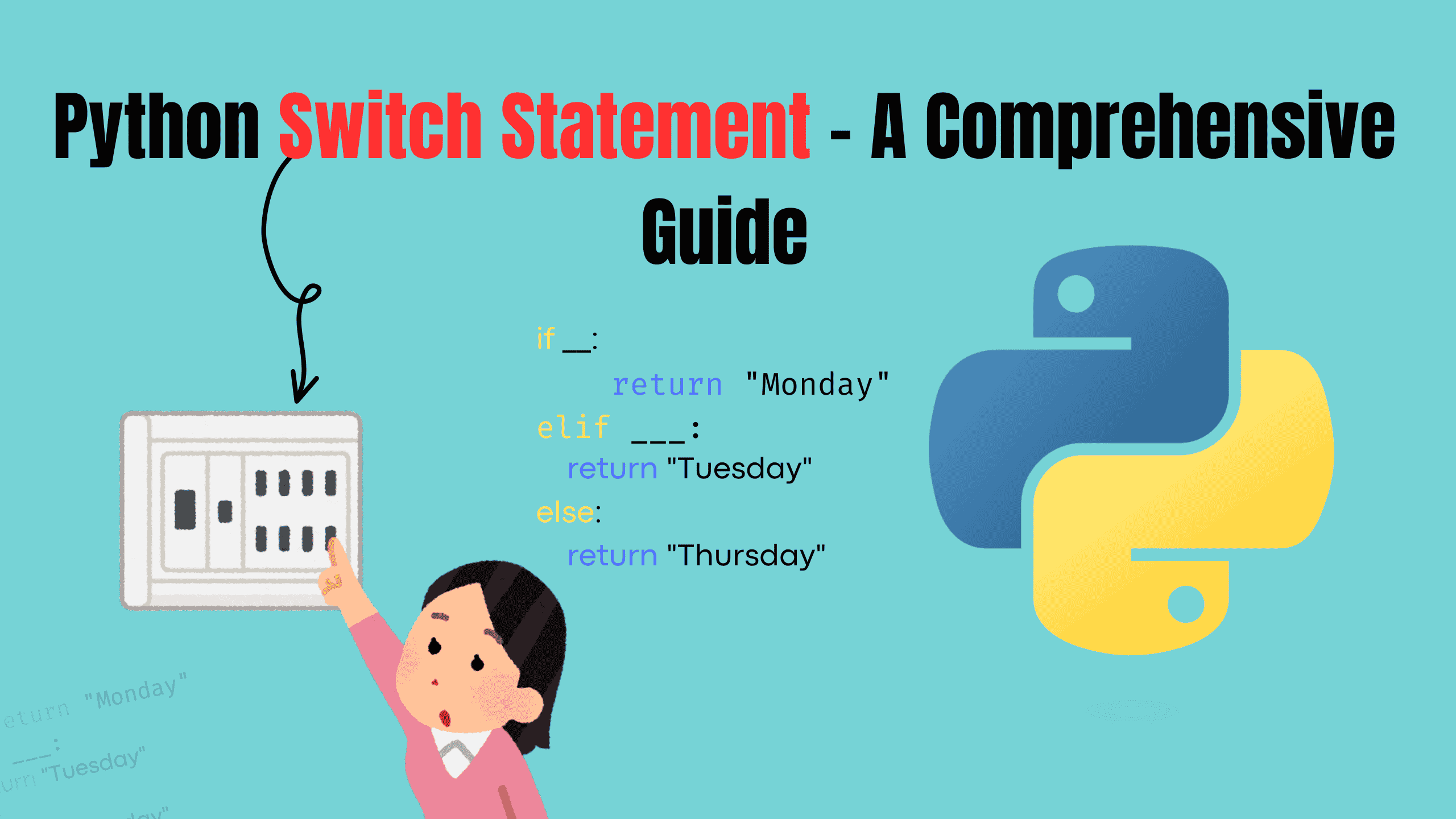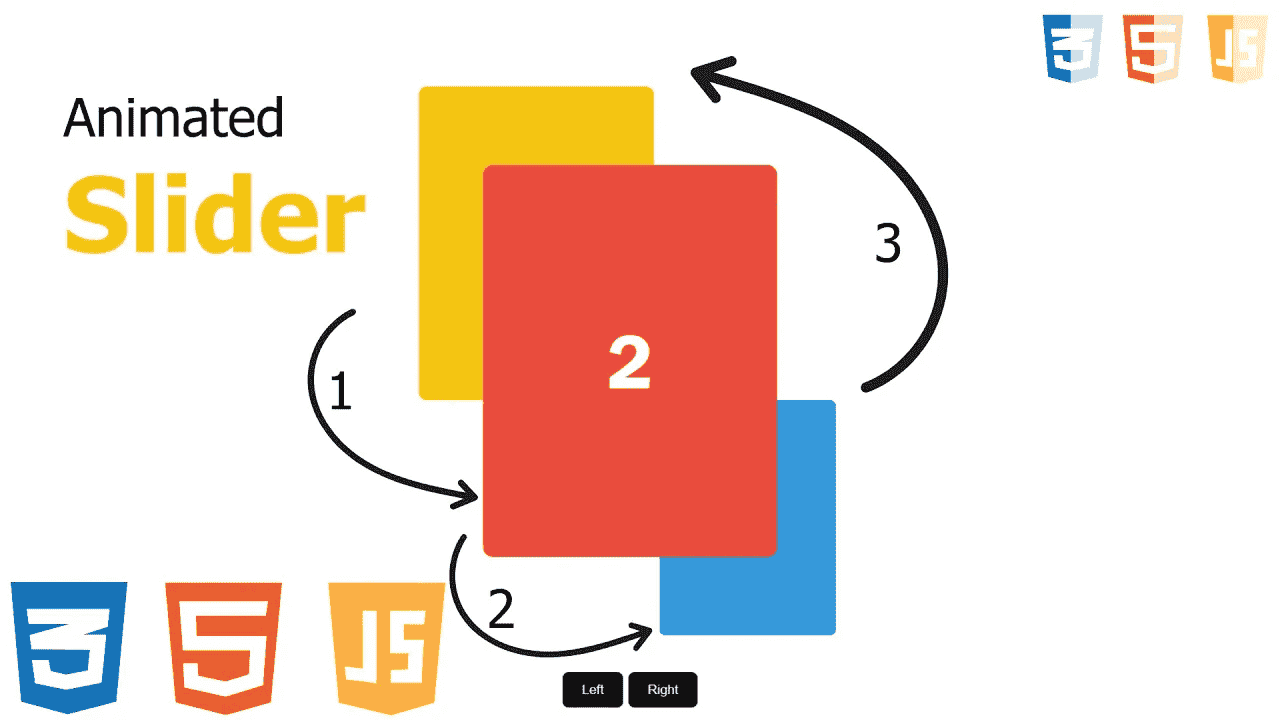Learn Randomness in JavaScript with Math.random()
.png&w=3840&q=75)
Have you ever wondered how to bring a spark of randomness into your JavaScript code? Maybe you’re building a game, creating a lottery simulation, or just trying to spice up your app with some unpredictability. If that’s the case, JavaScript’s Math.random function is here to save the day!
Let’s dive into this fascinating feature of JavaScript and learn how to generate random numbers effortlessly while exploring some cool use cases along the way.
What is Math.random in JavaScript?
In simple terms, Math.random is a built-in function in JavaScript that generates a random decimal number between 0 (inclusive) and 1 (exclusive). This means the result will always be greater than or equal to 0 and less than 1. For example, calling Math.random() might give you results like 0.2538, 0.9876, or 0.0423.

This might seem pretty basic at first glance, but it’s incredibly powerful when paired with some simple math tricks. By manipulating the output of Math.random, you can generate random numbers within any range, integers, or even simulate more complex scenarios like rolling dice or picking random elements from an array.
How to Use Math.random in JavaScript
Using Math.random is as easy as calling the function itself. Here’s the simplest example:
jsconsole.log(Math.random()); // Outputs a random number between 0 and 1
But what if you need a random number that’s more useful, like a whole number between 1 and 10? That’s where things get a bit more fun. You can scale and round the output to fit your desired range. Here’s how:
js// Random integer between min and max (inclusive) function getRandomInt(min, max) { return Math.floor(Math.random() * (max - min + 1)) + min; } const randomNumber = getRandomInt(1, 10); console.log(randomNumber);
Here’s what’s happening step by step:
- Math.random() generates a number between 0 and 1.
- (max - min + 1) calculates the range of numbers you want.
- Multiplying by the range scales the output to fit between min and max (inclusive).
- Math.floor rounds the number down to ensure it’s an integer.
Adding min shifts the range to start from your desired minimum value.
Understanding Math.random() in the Real World
You might wonder, why does Math.random() matter in JavaScript development? Let's take a look at some real-world use cases.
1. Creating Random Alert
Sometimes you might want to display a random message to the user using alert(). This can be a fun feature in your app, especially if you want to surprise users with random results. The alert function can be combined seamlessly with Math.random() in JavaScript.
jsconst messages = [ "You’re awesome!", "Keep coding!", "Today is your lucky day!", "JavaScript rocks!" ]; const randomIndex = Math.floor(Math.random() * messages.length); alert(messages[randomIndex]);
In this example, Math.random is used to pick a random index from the array. When the user triggers the alert, they get a cheerful and unpredictable message.
2. Simulating Dice Rolls
If you’re building a game or just having fun with numbers, dice rolls are a classic example of randomness:
jsfunction rollDice() { return Math.floor(Math.random() * 6) + 1; } console.log("You rolled a: " + rollDice());
Each call to rollDice gives you a random integer between 1 and 6, just like rolling a physical die.
3. Random Background Colors
You can create visually engaging web pages by randomly changing the background color:
jsfunction getRandomColor() { const red = Math.floor(Math.random() * 256); const green = Math.floor(Math.random() * 256); const blue = Math.floor(Math.random() * 256); return `rgb(${red}, ${green}, ${blue})`; } document.body.style.backgroundColor = getRandomColor();
This function generates random RGB values, resulting in a unique color every time it’s called. Try it out and watch your page come alive!
The Limitations of Math.random
While Math.random is easy to use and versatile, it has some limitations:
- Not Truly Random: The numbers it generates are "pseudorandom," meaning they are created by an algorithm.
- Reproducible Sequence: If the same starting conditions (called a seed) are used, the sequence of numbers can be repeated.
- Sufficient for Everyday Use: For most applications like games, animations, or simple tasks, this level of randomness is usually fine.
- Not Secure for Cryptography: If you’re building something requiring secure or cryptographically strong randomness, you should use a more robust method like the crypto module in Node.js.
Understanding these limitations will help you decide when Math.random is the right tool and when a more secure alternative is needed.
FAQs
- Can I generate random numbers in a specific range? Yes! Use the formula Math.floor(Math.random() * (max - min + 1)) + min to generate random integers between min and max (inclusive).
- Is Math.random() truly random? No, it’s "pseudorandom." The numbers are generated by an algorithm, and under the same conditions, they can be reproduced.
- How can I use Math.random() to pick a random element from an array? Calculate a random index using Math.floor(Math.random() * array.length) and then access the element at that index.
- Is Math.random() secure for cryptographic use? No, it’s not secure for cryptographic purposes. Use the crypto module in Node.js or window.crypto.getRandomValues in the browser for stronger randomness.
- Can I seed Math.random() in JavaScript? Not directly. However, you can use libraries like seedrandom if you need seeded randomness.
Conclusion
Math.random in JavaScript is a simple yet powerful tool for generating random numbers. Whether you’re building games, creating dynamic user experiences, or just experimenting with code, understanding how to use Math.random will open up endless possibilities. From generating random integers to simulating real-world scenarios, you’re now equipped to embrace randomness in your projects.
So, go ahead and give it a try! Experiment with Math.random in your next JavaScript project, and let the unpredictability inspire your creativity. Have fun coding, and remember, randomness can make your code truly unique!
Follow and Support me on Medium and Patreon. Clap and Comment on Medium Posts if you find this helpful for you. Thanks for reading it!!!









